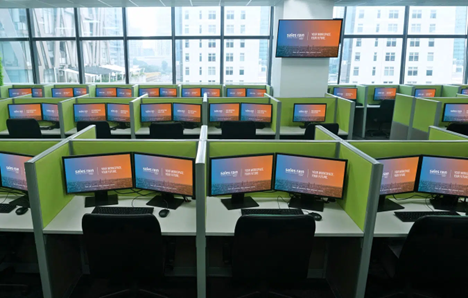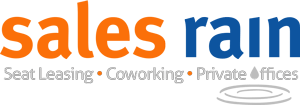The Future of BPO Seat Leasing in Cebu: Opportunities and Challenges Ahead
In the vibrant city of Cebu, known for its rich cultural heritage and bustling economic landscape, a revolution is underway in the outsourcing (BPO) industry. As the demand for flexible workspace solutions continues, co-working spaces emerge as a game-changer for BPO seat leasing in Cebu. As the BPO industry in Cebu continues to evolve, co-working spaces are leading the charge, offering flexible and innovative solutions for businesses of all sizes. Now is the time to elevate your business and embrace the future of work in Cebu.
Let’s explore the opportunities and challenges in shaping the future of BPO seat leasing in this dynamic city.
Opportunities Abound
Cebu’s strategic location, skilled workforce, and robust infrastructure make it an attractive destination for BPO companies looking to expand their operations. With co-working spaces offering flexible lease terms, fully equipped facilities, and a collaborative environment, BPO companies can easily tap into this burgeoning market. From startups to established corporations, the opportunities for growth and innovation are limitless in Cebu’s thriving BPO sector.
Harnessing Collaboration
One of the critical advantages of co-working spaces in Cebu is the opportunity for collaboration and networking. By sharing space with other BPO companies, businesses can leverage synergies, share best practices, and foster a sense of community within the industry. This collaborative spirit enhances productivity and fuels creativity and innovation, driving the BPO sector forward in Cebu.
Navigating Challenges
While the future of BPO seat leasing in Cebu is bright, it has challenges. As competition intensifies and demand for prime office space increases, BPO companies must navigate rising rental costs and limited availability of suitable properties. Additionally, ensuring data security and compliance with industry regulations remains a priority for BPO operators in Cebu.
Embracing Innovation
BPO companies must embrace innovation and adapt to changing market dynamics to stay ahead of the curve. Co-working spaces offer the flexibility and agility needed to experiment with new technologies, workflows, and business models. By harnessing the power of automation, artificial intelligence, and digital transformation, BPO companies can enhance efficiency, streamline operations, and deliver exceptional service to their clients.
Looking Ahead
As Cebu continues to solidify its position as a global BPO hub, the future of seat leasing in the city holds immense promise. By embracing co-working spaces in Cebu and leveraging collaboration, BPO companies can unlock new growth opportunities, drive innovation, and cement their place in Cebu’s thriving business ecosystem.
In conclusion, the future of BPO seat leasing in Cebu is bright and full of possibilities. BPO companies can chart a course toward sustainable growth and success in this dynamic city by embracing co-working spaces, harnessing collaboration, and embracing innovation. The opportunities are vast, and the future is ripe for exploration in Cebu’s evolving BPO landscape.
Get ready to ride the wave of Cebu’s workspace revolution! Contact us at https://salesrain.com/contact-us/ and boost your growth and productivity today! Take the opportunity to join Cebu’s workspace revolution and take your business to new heights.











